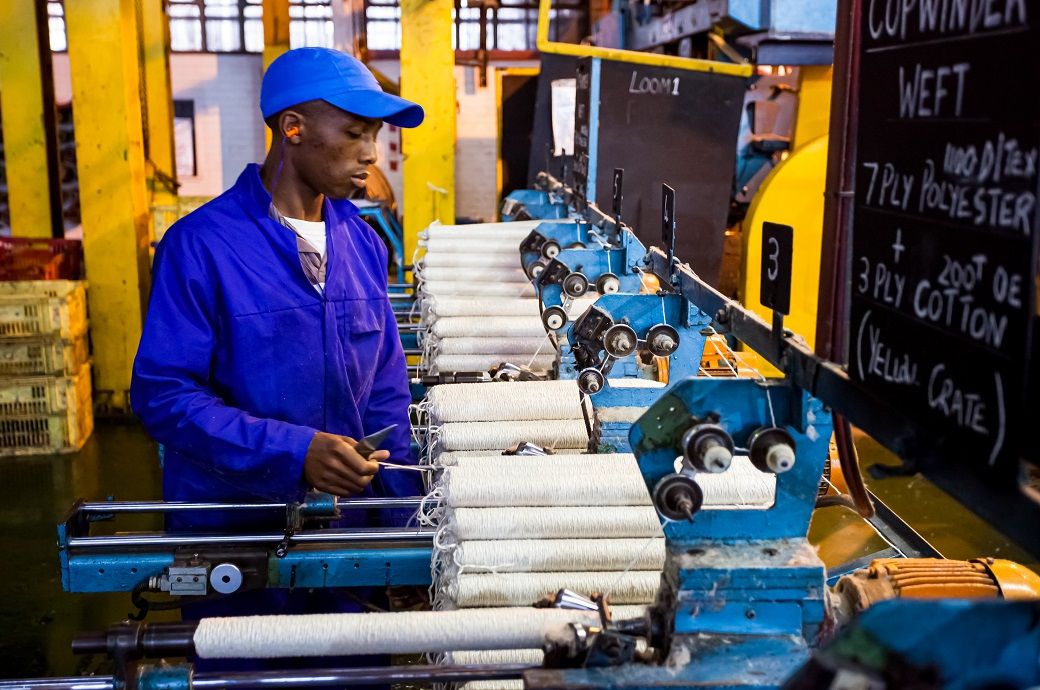

While data shows a drop in the domestic front, export value has been witnessing consistent increases, largely due to currency depreciation. The data also shows a sustained rise in imports.
The sector’s contribution to the country’s gross domestic product (GDP) has been steadily declining over the past five years.
A breakdown of the data for the five year period shows a consistent downward trend.
From the 2020 figure, the sector’s GDP declined by 1.27 per cent to N1.315 trillion in 2021, and further down by 2.23 per cent to N1.286 trillion in 2022. The decline rate accelerated to 3.06 per cent in 2023 (N1.247 trillion) and in 2024, it went down by 1.8 per cent to N1.224 trillion.
The data further shows the sector’s declining percentage share of total GDP which stood at 1.9 per cent in 2020, 1.82 per cent in 2021, 1.72 per cent in 2022, 1.72 per cent in 2023 and 1.63 per cent last year.
Smuggling, counterfeiting and infrastructural decay are some of the major reasons for the sector’s problems, according to a report in a domestic newspaper.
The value of imported textile and textile items rose by 298 per cent to N726.18 billion last year from N182.53 billion in 2020.
Imports surged by 52.7 per cent to N278.77 billion in 2021 from 2020, and rose by 31.1 per cent to N365.46 billion in 2022, and in 2023, textile imports increased by 3.2 per cent to N377.08 billion.
However, such imports skyrocketed by 92.6 per cent to N726.18 billion last year, which can be mostly attributed to the effect of the devaluation of the naira.
Exports of such items increased by 514 per cent to N36.981 billion in 2024 from N6.022 billion in 2020, also due to depreciation of the naira.
In 2020, the sector exported N6.022 billion worth of such articles, N12.292 billion in 2021, N10.267 billion in 2022, N18.755 billion in 2023 and N36.981 billion in 2024.
Fibre2Fashion News Desk (DS)